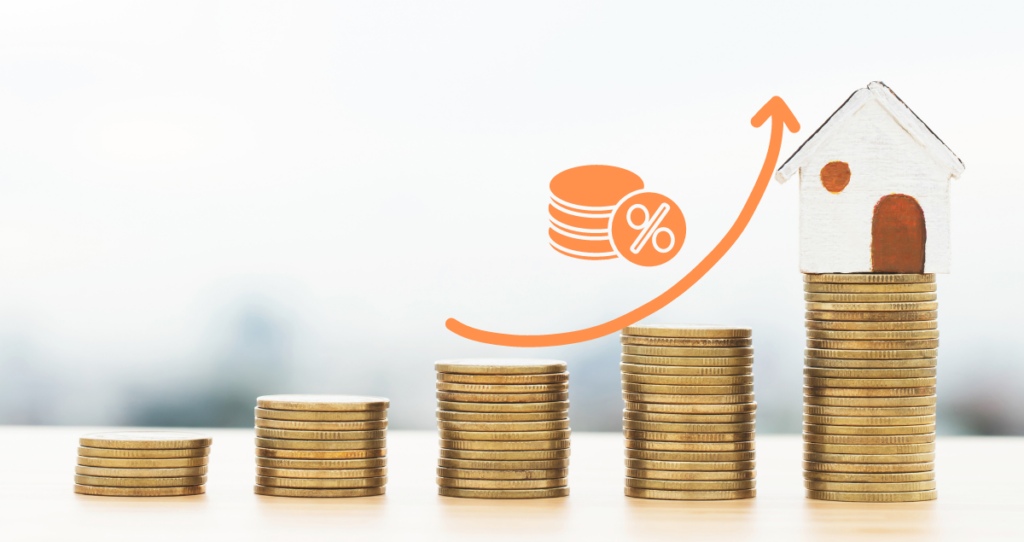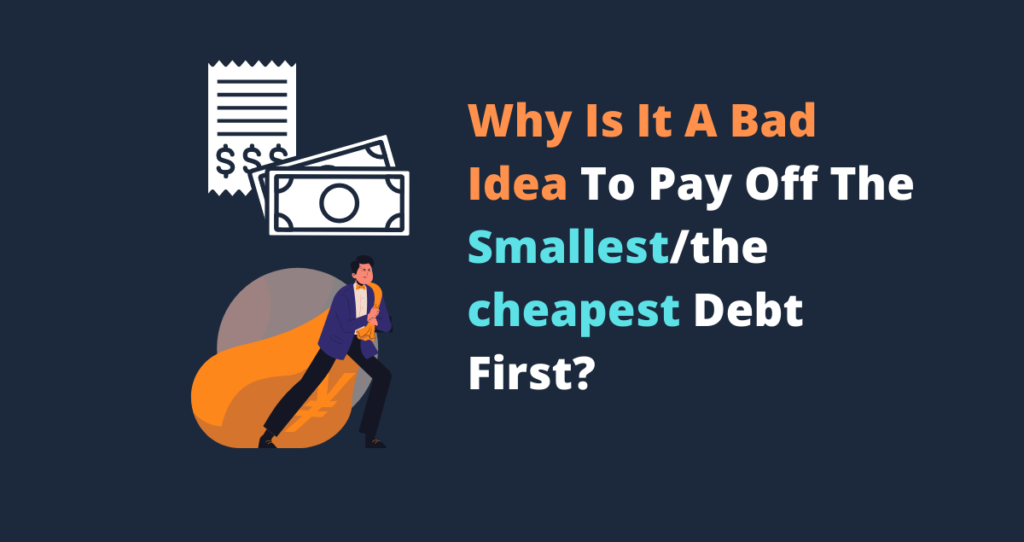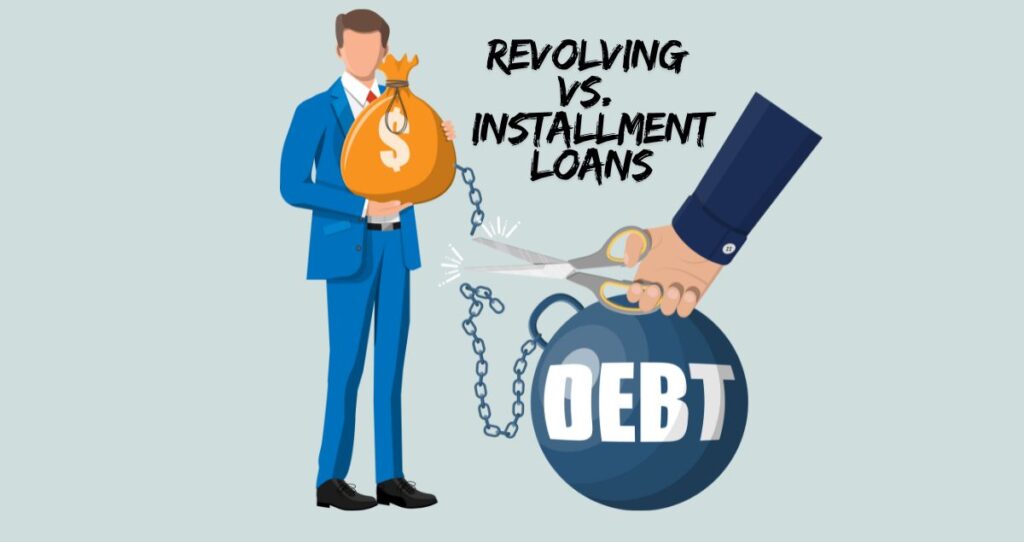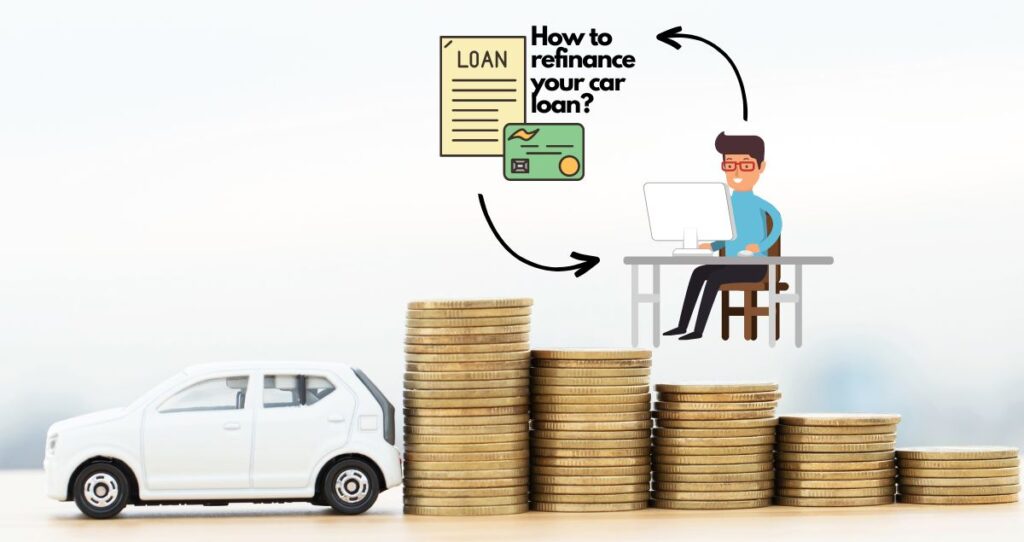When borrowing money, it is very important that you pay attention to the interest rate you will be paying and the annual percentage rate (APR). Both APR and interest rates represent the cost of borrowing money and are expressed as percentages. However, there are key differences between these two interests when it comes to borrowing. This article will show you exactly how the APR differs from the interest rate and what to look for when shopping for loans.
If you ever borrowed money from a bank, lending institutions, credit unions, etc., you probably heard them talking about APR and interest rates. Most borrowers do not bother asking what their differences are and how they affect their finances.
What makes debt hard to pay off is the amount of interest, fees, and charges you pay to the lender. All these charges are the cost of borrowing. The higher they get, the more it costs you to borrow money. So, as a borrower, you should always look for loans/mortgages with the best terms.
That is you need to get loans with the lowest interest possible, fewer fees, and charges. Other terms such as the length of the loans should also be considered.
Let’s see how to make of APR vs. interest rate
Now let’s dig deeper into the apr vs. interest rate and how they differ.
What is the interest rate?
The interest rate is the amount a lender will charge you to borrow the principal amount. This amount is paid at the end of each month together with the principal.
When you borrow money, there is no guarantee that you will pay back the money you borrowed. Also, banks and lending institutions do not just take your word. That is why your creditworthiness is evaluated to determine the risk associated with lending you money and the interest you will pay.
Some of the things banks will check will include the following:
- Your credit score
- Credit history
- Income
- Assets
- Debt to income ratio (DTI ratio)
- Bankruptcies/foreclosures
- Collections, etc
After these factors are examined, you will then be approved for a loan/mortgage or be denied. In order to offset the risks, the bank will charge you interest on the money you are borrowing.
The lower the risk you pose, the lower the interest rate you will pay. Riskier borrowers pay the highest interest rate.
You can think of interest rate as compensation you give to the lender to balance the risk associated with lending you money. The interest rate together with the down payment help lenders to recover some of their funds faster in case you default on your loan.
According to Mortgage Professor, most interest rates are expressed as annualized percentages of the principal amounts. The interest rate does not include fees and other charges associated with borrowing money. These charges are included in what is known as the Annual Percentage rate (APR).
What is the annual percentage rate (APR)?
The APR is calculated differently from the interest rate. The APR is usually higher than the interest rate as it includes extra charges such as fees and other charges such as private mortgage insurance(PMI), discount points, some closing fees, etc.
Lending money is a risky business. That is because the bank gives you money and hopes that your finances will stay intact during the entire duration of the loan. The truth is that some borrowers are not able to keep their promises.
Some can’t find enough down payment which makes them purchase private mortgage insurance (PMI). Others do not have enough funds to cover basic closing fees, etc. For these reasons, some lenders let borrowers cover these payments over time.
On top of the interest, borrowers pay those extra charges. That is why the APR will usually be higher than the interest rate. The interest rate is simply the cost of borrowing the principal whereas the APR shows you everything you are paying including the interest.
APRs and interest rates vary from one lender to another. This is because these values usually depend on government regulations, the industry, and borrowers’ financial standings.
Even if rates will differ across multiple industries, the government has regulations in place to make sure that only fair practices are implemented.
For example, the Truth In Lending Act (TILA), protects borrowers from unfair credit, inaccurate billing, and bad credit card practices from lenders. The TILA requires all lenders to disclose the loan cost information to borrowers and follow the same practices across the industry. With this information widely available, borrowers can compare different products such as credit cards using APR information.
What is the difference between APR and interest rate?
In short, the interest rate is the cost of borrowing the principal amount, whereas the APR is the total cost of borrowing the money. That is the APR will include all charges and fees you are paying on the loans such as interest rate, mortgage insurance, unpaid closing cost, mortgage points, etc. This is why your APR is usually higher than your interest rate.
Both interest rate and APR are expressed as annualized percentages and they are the cost of borrowing.
APR vs. interest rate
| Annual Percentage Rate (APR) | Interest Rate (IR) |
| Expressed as an annualized percentage | Expressed as an annualized percentage |
| Includes extra charges and fees on top of interest rate | Does not include charges and fees |
| Shows you the total cost of borrowing (detailed costs) | Shows a portion of the cost of borrowing |
| A good metric to compare different loans and products | Not a good comparison metric |
APR vs. interest rate: Which one is better when comparing different financial products?
As a borrower, your main job is to get the loan you want at the lowest cost possible. Although the interest will show you the cost of borrowing the principal, it will now show you all hidden fees and other charges associated with borrowing the money.
Since the APR includes all fees and charges associated with borrowing the money, it (apr) will serve you better when comparing multiple loans. For example, if you want a credit card, it would make sense to compare their APRs instead of their interest rates.
More loans tips
3 strategies to get out of debt fast with no stress
How to use the debt avalanche method to pay off debt?
Why is it a bad idea to pay off the smallest debt first?









